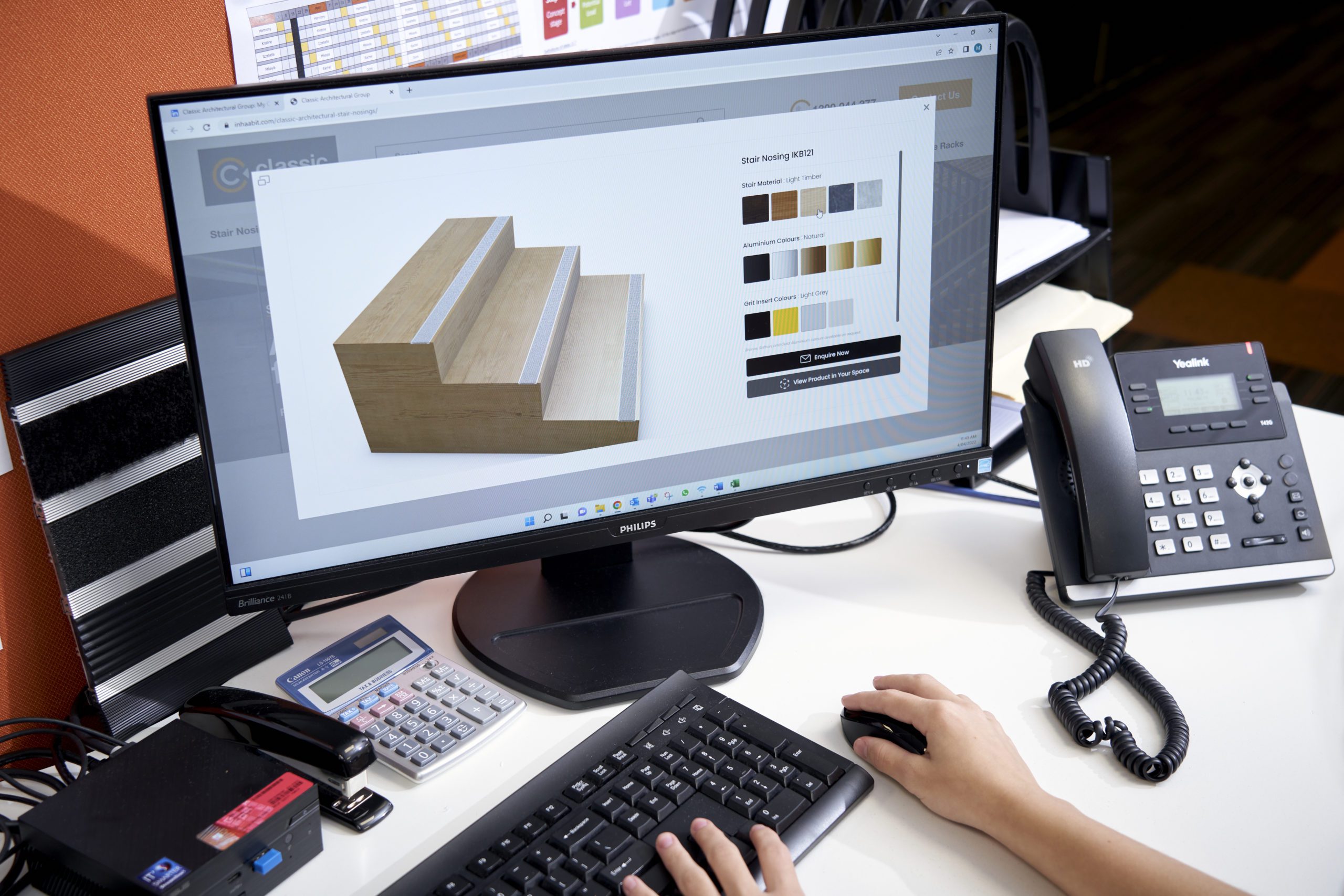Colours play a significant role in our lives, and research has shown that colour can significantly impact both mood and cognitive function. As we commemorated International #YouthDay yesterday, I can’t help but think of how [1] the use of vibrant colours within educational infrastructure has become increasingly popular over the last few years, and this has had a remarkably positive effect on students and their learning. Creating a stimulating, safe and creative environment is the main goal of any architect or education sector decision maker. With this in mind, we thought we would take a look at the ways in which colours can help to achieve this goal.
Need of the Hour – Fostering Learning with Colour
Whether for a kindergarten, school or tertiary institution – it is important to pay attention to colour schemes. Appropriate use of colour can stimulate creativity amongst students and contribute towards a positive learning environment. Different colours have different effects on the human brain,[2] so they should be chosen carefully with consideration paid towards the demographics of the community. Heavy use of bright and vibrant colours may not be appropriate for students who are prone to overstimulation, however pre-schoolers and active children would thrive in this environment.

According to experts, students between 5-8 years old must feel a sense of security and positivity within the school environment. The most appropriate colours for students at this age include red, warm yellow, salmon, coral, violet and peach/orange. From the age of 9+, it is a good idea to start incorporating more blue and green. At the final stages of the education journey, you can transition away from warmer tones and instead explore cooler ones, with green remaining one of the most popular. [3]
You can also get creative with furniture. For example blue chairs could define a reading area, whilst a red table could be used for brainstorming activities and play.
The Benefits of Various Colours
Blue – Strongly associated with vast open spaces such as the sky and ocean, blue significantly enhances creativity and productivity and promotes feelings of calmness.[4]
Red – An attention-grabbing colour which enhances attention to detail and stimulates brain activity. Recommendation: balance with a complementary green to avoid over-stimulation.
Green – Strongly associated with the natural environment, green will help to achieve balance, focus and clarity of thought within the classroom.
Yellow – Strongly associated with emotion, confidence, optimism and self-esteem. A bright and fun colour which can improve mood. Use sparingly, as too much can cause anxiety and fear.

In short, a well thought out combination of various tones of blue, red, green and yellow could be used to create a calm environment that nurtures creativity and enhances attention to detail. A study by the University of British Columbia found that red can improve memory retrieval and proofreading performance by as much as 31%, whilst blue caused participants to feel safe to explore new ideas.[5] [6]
According to the International Association of Color Consultants – North America, “A school’s physical environment has a powerful psycho-physiological impact on its students. Appropriate color design is important in protecting eyesight, in creating surroundings that are conducive to studying, and in promoting physical and mental health”.[7] Simply put, if we want students to excel academically we need to make the environment a positive and safe one.
Introducing ‘Bright’ – Safety in Colour
Whilst colour is a great way to enhance learning, safety remains a critical element for educational infrastructure. Products such as stair nosings are designed to keep everyone safe as they move about their environment, but they have traditionally only been offered in drab, boring tones which can conflict with the vibrant colours seen in the learning environments of today. Classic recognised this issue at an early stage, and we set about to resolve it once and for all. We are proud to introduce our new ‘Bright’ range of stair nosings, an exciting innovation in safety products that has been designed in close collaboration with architects and educators.

We’ve listened to feedback and undertaken extensive trend analysis, culminating in the release of four exciting new profiles — Teal, Lime Green, Raspberry and Coral. Each profile is highly visible and conforms with the requirements of the Australian Standards for luminance contrast, so they can be used to further enhance the vibrancy and safety of any building and will help to stimulate the minds of students as they move about the campus.
The future really is Bright…
The trend towards the inclusion of vibrant colour in educational infrastructure is an exciting one. There is little doubt that colour has profound impacts on the academic performance and state of mind of students, teachers and visitors alike. The new range of BRIGHT stair nosings from Classic will compliment colour schemes within schools and tertiary institutions whilst also ensuring safety for all, helping to create a positive environment which nurtures intelligence, creativity and learning whilst minimising disruptions.
#youthday #internationalyouthday #iyd #schools #victorianschools #vicschools #nswschools #qldschools #stairnosing #accessforall #safetyfirst #safetyincolours #futureisbright #brightcolours #architects #interiordesign #australianarchitecture #constructionineducation #stairobsession
[1] https://www.shiftelearning.com/blog/how-do-colors-influence-learning
[2] https://www.sciencedaily.com/releases/2009/02/090205142143.htm
[3] https://www.ncbi.nlm.nih.gov/pmc/articles/PMC3743993/
[5] https://webspm.com/Articles/2013/12/01/Coloring-the-Classroom.aspx?Page=2

